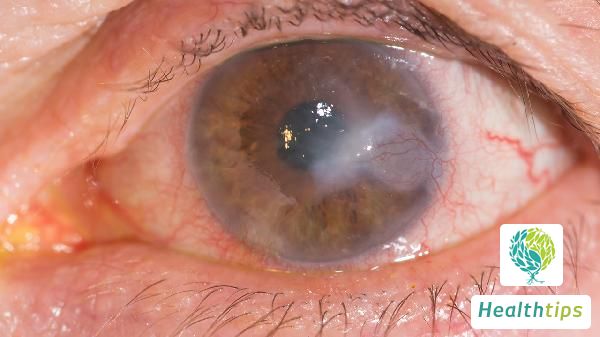What Are the Immediate Steps for Handling Heatstroke?
Heatstroke is a relatively common occurrence in summer, caused by high temperatures. Therefore, it is essential to take measures to avoid heatstroke during the hot summer season. Drinking plenty of warm water, eating foods rich in vitamins, avoiding excessive fatigue, and protecting oneself from direct sunlight are all crucial. If heatstroke occurs, prompt emergency measures must be taken. Let's explore what these measures are.

1. If a person experiences severe heatstroke, immediate first aid measures should be taken. Move the patient to a shady area and cool them down. If there is bleeding, provide them with plenty of saltwater to drink.
2. After heatstroke, it is crucial for the patient to avoid excessive exertion and promptly seek medical attention to aid in their rapid recovery. During this period, it is essential to rest well and refrain from engaging in physical activities.
3. Following heatstroke, dietary adjustments are necessary. The patient should pay close attention to their daily routine and consume plenty of water-rich fruits and vegetables to replenish vitamins. This is particularly important during this period.
Heatstroke refers to acute illness characterized by dysfunction of the body's temperature regulation system, leading to central nervous system and circulatory system dysfunction. It typically occurs in individuals exposed to high temperatures, manifesting as symptoms such as dizziness, headache, thirst, excessive sweating, poor concentration, chest tightness, palpitations, nausea, and elevated body temperature. Accompanying symptoms may include weakness in the limbs, indicating a precursor to heatstroke. If these precursor symptoms appear, immediate action is required to move the individual to a cool, ventilated environment for rapid cooling and provide plenty of fluids to prevent further exacerbation of heatstroke.
If early precursor symptoms of heatstroke are not recognized, body temperature may continue to rise, exceeding 38 degrees Celsius. Symptoms may progress to include flushed skin, chest tightness, paleness, nausea, vomiting, profuse sweating, cold and clammy skin, and a drop in blood pressure. If untreated, the condition may worsen, with body temperature rising above 40 degrees Celsius. Excessive sweating may lead to a lack of sweat production, shock symptoms, and even coma or life-threatening conditions.
For individuals prone to heatstroke, it is crucial to maintain a positive mindset and take necessary precautions. When outdoors, especially on hot days, it is important to use cooling ointments and carry essential medications such as Huoxiang Zhengqi Liquid.



















